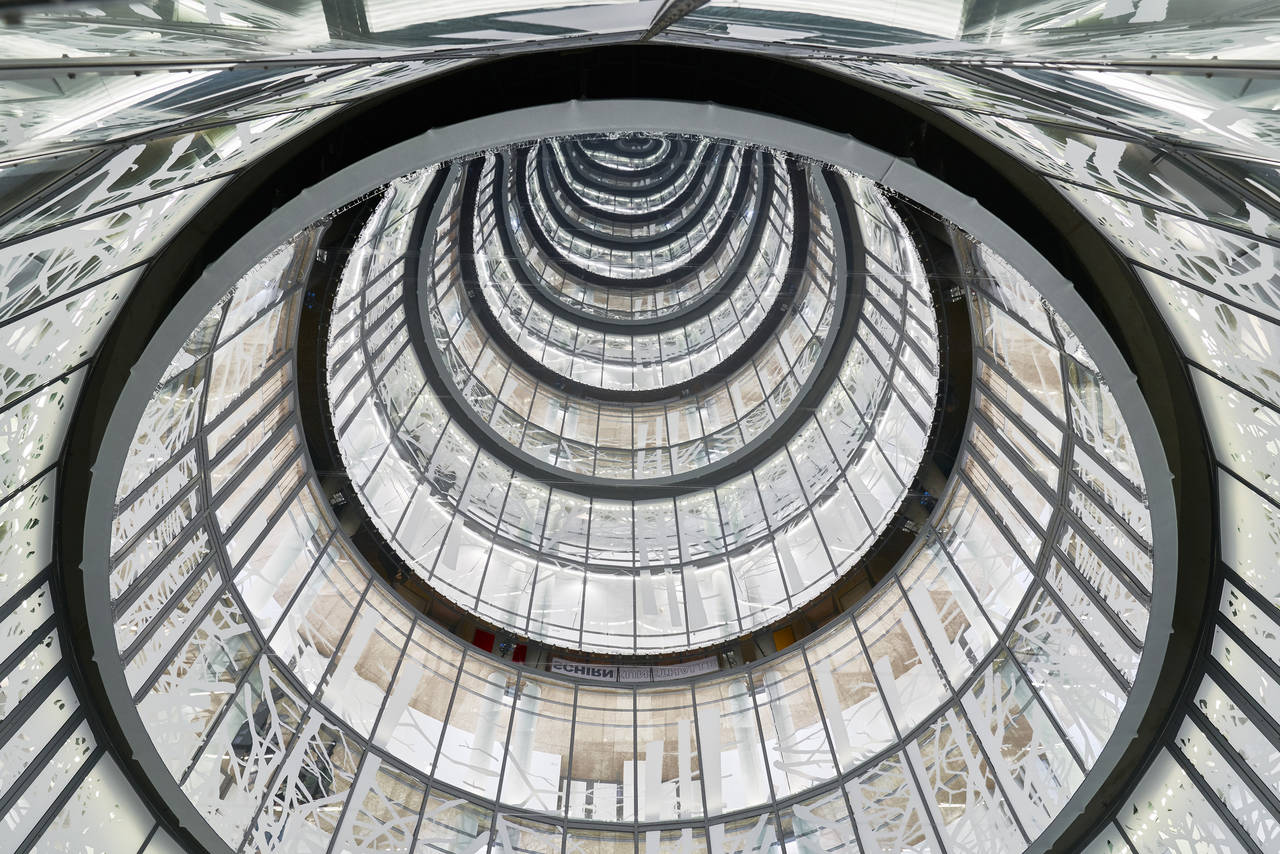PHILIPP FÜRHOFER. [DIS]CONNECT
Artist Philipp Fürhofer presents an accessible, three-dimensional illusionary space in the SCHIRN rotunda.

The artist uses light to create two different spatial situations
The artist uses light to create two different spatial situations


The two spatial situations alternate in a regular, pulse-like rhythm, reflecting Fürhofer’s play with the viewers’ perception and their notion of reality
The two spatial situations alternate in a regular, pulse-like rhythm, reflecting Fürhofer’s play with the viewers’ perception and their notion of reality

Within the scope of the exhibition “Diorama. Inventing Illusion” the SCHIRN KUNSTHALLE FRANKFURT is presenting a large-scale installation by Philipp Fürhofer. With his work [dis]connect, created especially for the SCHIRN Rotunda, he transforms the circular building into an illusionary space, and in doing so cites the optical mechanical playhouse that Louis Daguerre opened in Paris in 1822. In this walk-through theater, stories painted on large, semitransparent canvases were set in motion using lighting and stage equipment. Fürhofer’s installation [dis]connect amounts to an accessible, three-dimensional illusionary space. It consists of two mirror ceilings positioned one above the other in line with the height of the Rotunda’s two upper stories. In addition, a forest motif based on landscape dioramas emerges from the ground-floor pillars and extends upwards along the glass front of the Rotunda. The artist uses light to create two different spatial situations. When the floor of the Rotunda is illuminated, the lower, semitransparent mirror looks like a false ceiling installed above the heads of the visitors and serves to visually reduce the space. When the light is switched to the upper area of the Rotunda, the lower mirror becomes transparent and affords a view of the entire circular structure. The reciprocal action of the two mirrors results in a visually endless reproduction of the architecture. The two spatial situations alternate in a regular, pulse-like rhythm, reflecting Fürhofer’s play with the viewers’ perception and their notion of reality.
